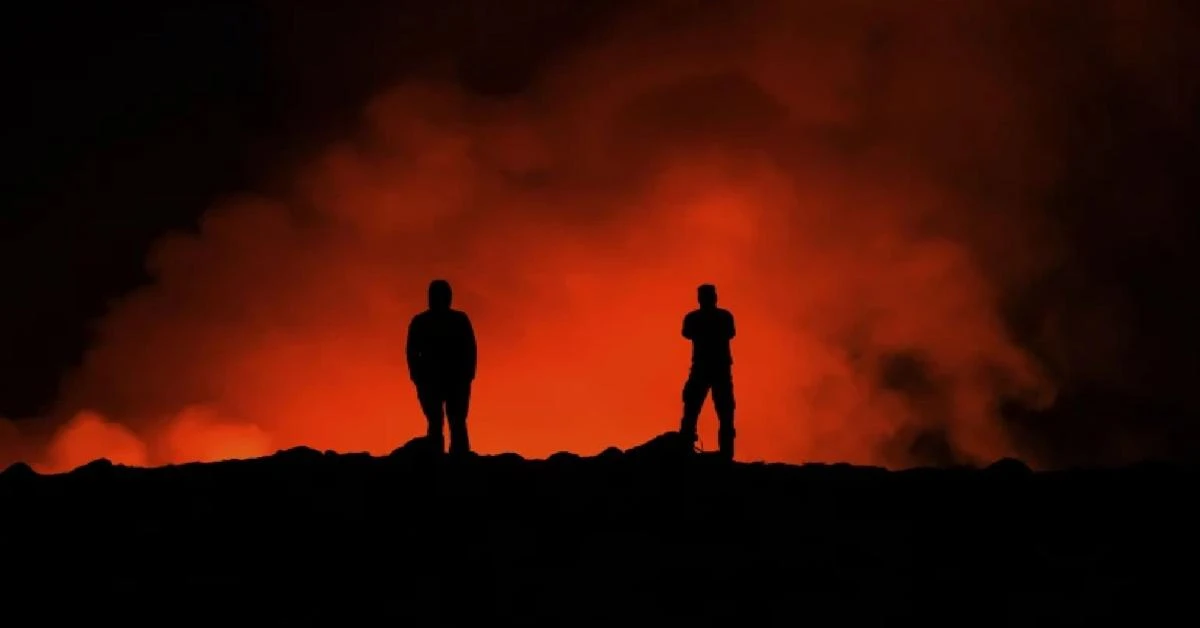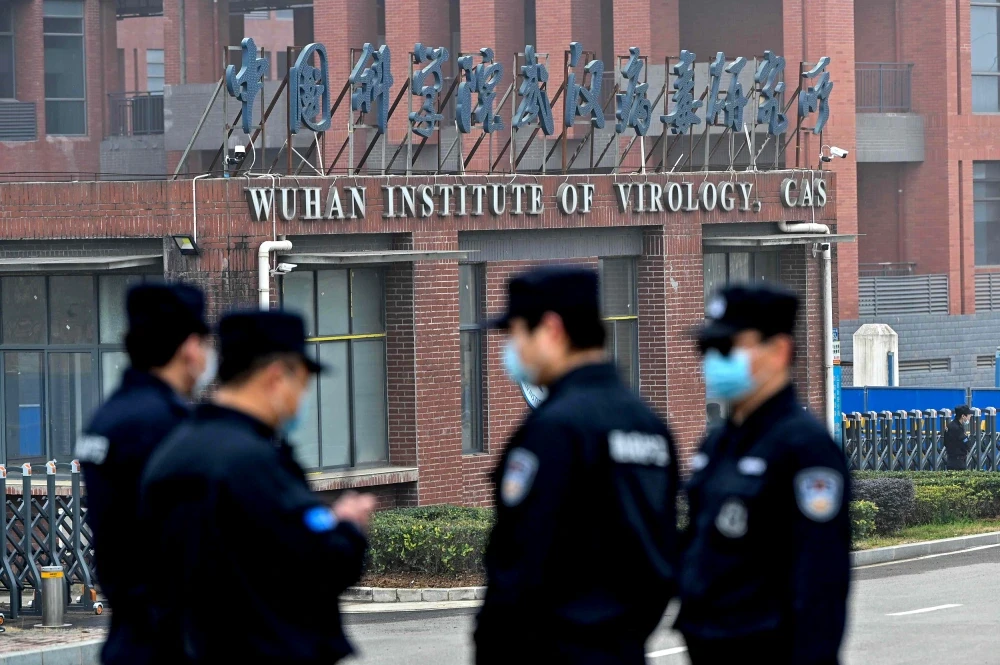Iceland volcano erupts, spewing lava near Grindavik as Blue Lagoon closes again

A volcano erupted in Iceland on Thursday, spewing molten rock up to a height of 80 meters, marking the sixth occurrence on the southwestern Reykjanes peninsula since 2021
In the southwestern region of Iceland, a volcano erupted for the third time since December on Thursday. This resulted in streams of lava shooting into the air and necessitated the evacuation of the Blue Lagoon spa, one of Iceland’s major tourist attractions.
The Icelandic Meteorological Office reported that the eruption began around 6 a.m. GMT along a 3-kilometer (nearly 2-mile) fissure northeast of Mount Sundhnukur. This event unfolded approximately 4 kilometers northeast of Grindavik, a coastal town with a population of 3,800, which had been evacuated prior to a previous eruption on Dec. 18.
According to the Icelandic Meteorological Office, the lava was flowing westward, and there was no immediate danger to Grindavik or a major power plant in the area. Civil defense officials stated that no individuals were believed to be in the town at the time of the eruption, as per Icelandic national broadcaster RUV.
Vir Reynisson, the head of Iceland’s Civil Defence, informed RUV, “They weren’t meant to be, and we don’t know about any.”
The nearby Blue Lagoon thermal spa was shut down at the onset of the eruption, and all guests were safely evacuated, as per RUV.
Earlier this week, the Icelandic Met Office had cautioned about a potential eruption following the surveillance of subsurface magma buildup over the past three weeks. The quantity of accumulated magma or semi-molten rock was comparable to that released during an eruption in January.
The area had experienced hundreds of small earthquakes since the previous Friday, culminating in a burst of intense seismic activity about half an hour before the latest eruption.
A striking video from Iceland’s coast guard depicts jets of lava soaring more than 50 meters (165 feet) into the darkened skies, with a vapor plume rising approximately 3 kilometers above the volcano.
This marks the third eruption of a volcanic system on the Reykjanes Peninsula since December, which is home to Keflavik, Iceland’s primary airport. There were no reports of disruption to the airport on Thursday.
Iceland, situated above a volcanic hot spot in the North Atlantic, typically experiences an eruption every four to five years. The most disruptive eruption in recent history was the 2010 eruption of the Eyjafjallajokull volcano, which emitted substantial ash clouds into the atmosphere and led to widespread airspace closures over Europe.
Grindavik, approximately 50 kilometers southwest of Iceland’s capital, Reykjavik, was evacuated in November when the Svartsengi volcanic system reawakened after nearly 800 years, causing a series of earthquakes that opened large fissures in the earth between the town and Sylingarfell, a small mountain to the north.
The volcano eventually erupted on Dec. 18, with lava flowing away from Grindavik. A second eruption that began on Jan. 14 directed lava toward the town. Despite the reinforcement of defensive barriers since the initial eruption, some of the flow was contained, but several structures were engulfed by the semi-molten flow.
Source: Newsroom



